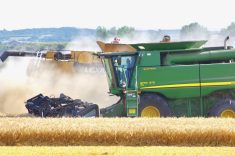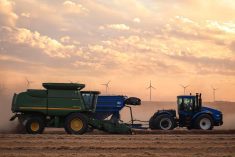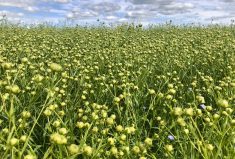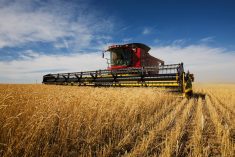MarketsFarm – The annual harvest in Saskatchewan is moving along earlier and faster than usual as crops dry down to high heat and lack of moisture.
Three per cent of Saskatchewan’s crop has been combined, compared to the less than one per cent at this point last year, according to the province’s crop report for the week ended Aug. 2. The report also noted that another three per cent is ready to straight combine and that number could grow in the coming weeks.
Crop damage during the week was primarily due to heat, drought, stress and wind. Some crops also sustained additional damage due to varying hail storms and grasshoppers.
Read Also
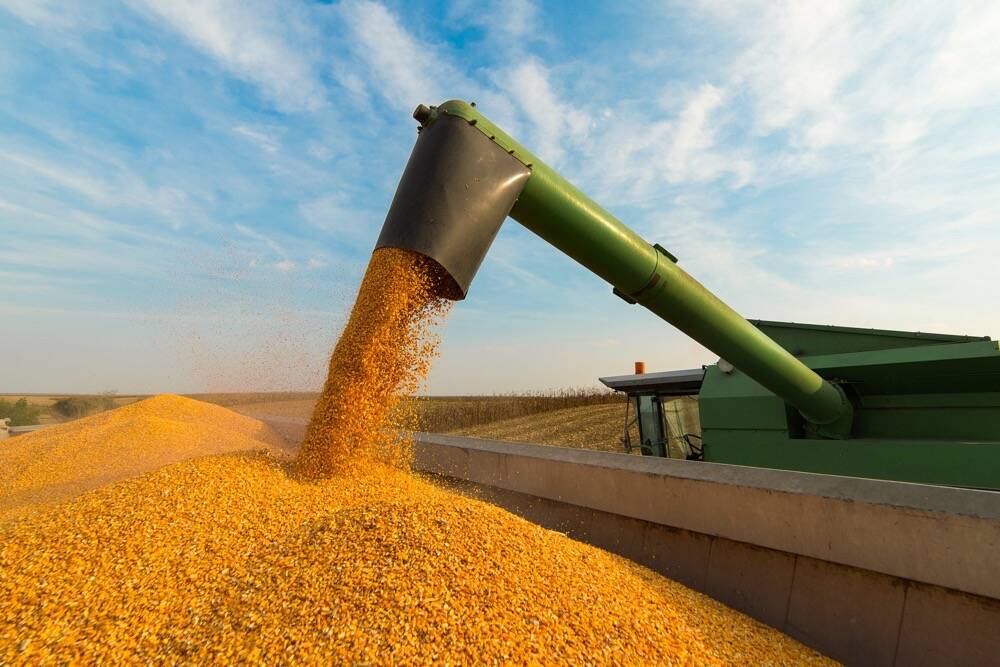
USDA sees tighter U.S. corn stocks, soybeans and wheat unchanged
The USDA is forecasting tighter U.S. corn ending stocks for 2025/26 due to increased exports. The supply/demand balance sheets for soybeans and wheat were unchanged.
Out of all crops, fall rye has been the most combined so far with 26 per cent coming off the ground so far. Nineteen per cent of the winter wheat crop and 11 per cent of the pea crop have also been harvested. Other crops that have started to be harvested are spring wheat, oats, barley and lentils. Nine per cent of the province’s harvest so far has come from the areas surrounding and west of Swift Current.
Areas surrounding the communities of Macklin, Cabri, Marquis and Allan all received at least 11 millimetres of rain during the week, the wettest areas in the province.
Cropland topsoil moisture was rated by the province as three per cent adequate, 31 per cent short and 66 per cent very short. Hay and pasture land topsoil moisture was rated at two per cent adequate, 25 per cent short and 75 per cent very short. In turn, pasture land conditions were rated as 19 per cent fair, 35 per cent poor and 46 per cent very poor.
As haying operations slow down, producers are asked to be on the lookout for combine and field fires.





